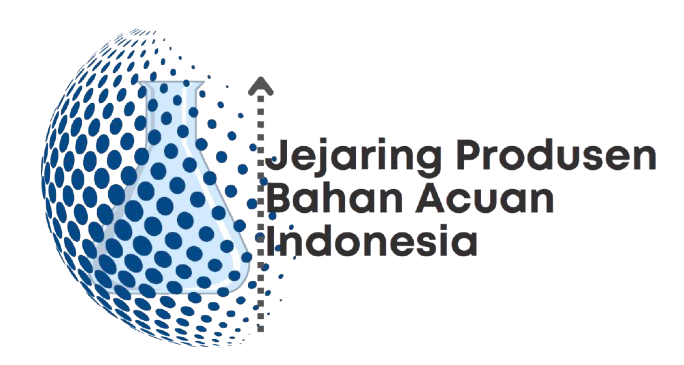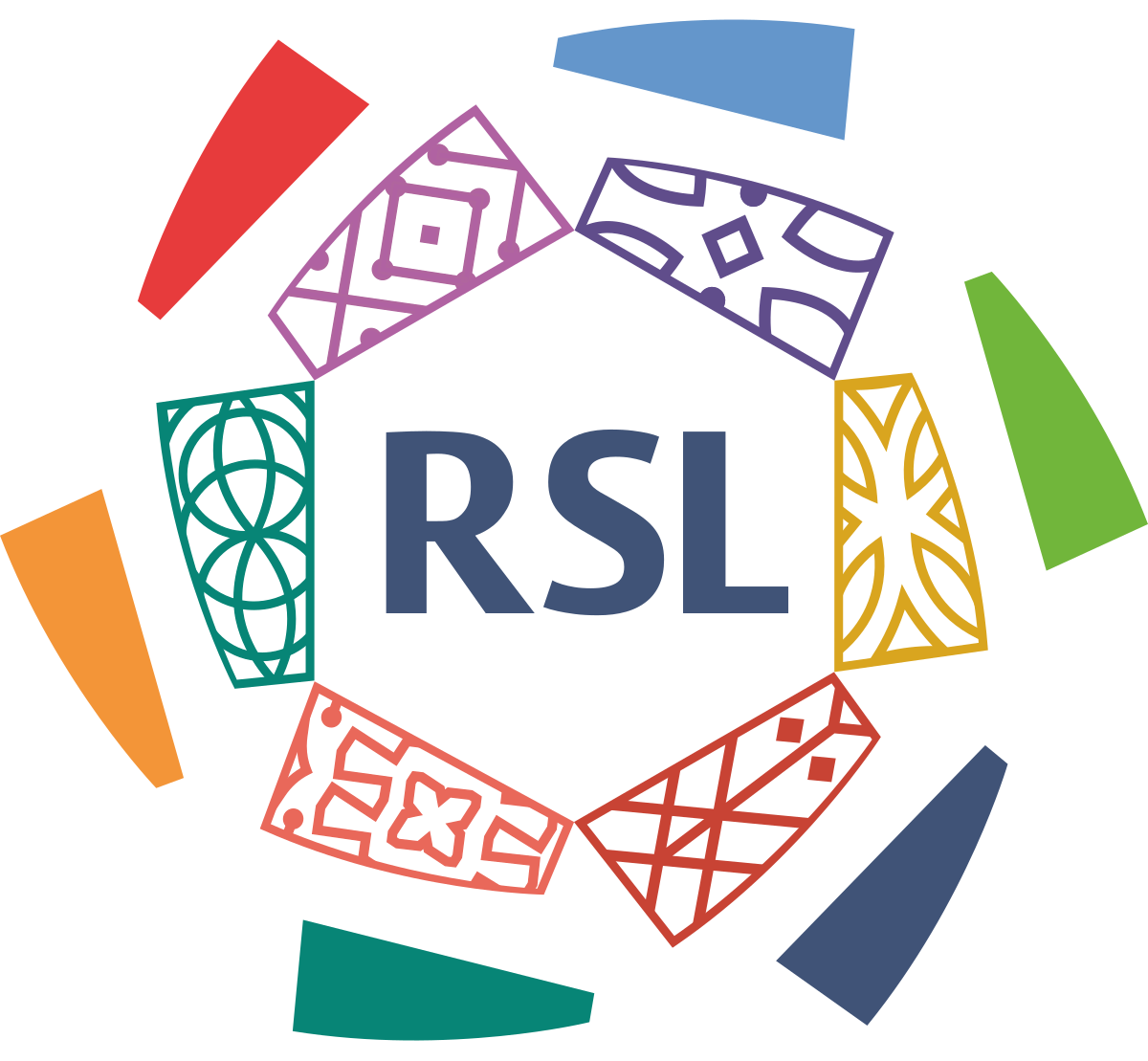Discover how the Saudi League is reshaping the football transfer market with bold investments, global stars, and long-term strategy.
How the Saudi League Is Redefining Football Transfers Worldwide
In recent years, the Saudi Pro League has emerged as a disruptive force in the world of football. Once seen as a league for aging players nearing retirement, it has rapidly transformed into a global powerhouse with the ambition to compete with Europe’s elite. At the heart of this transformation lies a bold and strategic approach to MYBET88 football transfers, which is now challenging traditional market dynamics.
With the financial backing of the Saudi Public Investment Fund (PIF) and a clear vision to grow the kingdom’s influence in world football, the Saudi League has rewritten the script on how clubs approach player acquisitions, salaries, and long-term development. This article dives deep into how the Saudi League is not only buying talent—but redefining the entire transfer system in modern football.
The Beginning of a New Era
For decades, top football transfers were synonymous with Europe. Clubs like Real Madrid, Manchester United, Bayern Munich, and Paris Saint-Germain dominated headlines. But that narrative began to shift in 2022 when Cristiano Ronaldo signed with Al Nassr, signaling a paradigm shift in football economics.
This wasn’t just another star move—it was a statement.
Soon after, the floodgates opened:
- Karim Benzema joined Al Ittihad.
- N’Golo Kanté and Kalidou Koulibaly moved to Al Hilal.
- Riyad Mahrez, Roberto Firmino, and Edouard Mendy all left Europe for Saudi clubs.
These were not fringe players—they were Champions League winners, captains, and elite-level performers.
Financial Power: A Game-Changer
One of the Saudi League’s most distinct advantages is its financial muscle. Backed by one of the world’s most powerful sovereign wealth funds, Saudi clubs can offer:
- Wages significantly higher than most European teams.
- Tax-free salaries in many cases.
- Bonuses and perks that include luxury housing, private security, and travel incentives.
For top players, the allure is not just money—it’s about lifestyle, stability, and long-term planning. Many players are now considering career-building opportunities rather than just financial windfalls.
But money alone isn’t enough to build a strong league. The strategy has been multi-dimensional.
Strategy Over Sensationalism
Critics initially dismissed the Saudi League’s spending as “unsustainable” or “superficial.” But upon closer inspection, the approach is methodical and calculated:
1. Age Diversity
The league isn’t just signing aging stars. Young players like Gabri Veiga (21) and Rúben Neves (26) have also made the switch. This reflects a longer-term vision.
2. Positional Balance
Saudi clubs aren’t just stockpiling strikers—they’re strengthening midfield, defense, and even goalkeeping departments to ensure competitiveness.
3. Club Development
Teams are building full infrastructures—training grounds, youth academies, and hiring European coaching talent to modernize their approach.
This signals a plan to grow sustainably, rather than relying purely on marquee signings.
Ripple Effects Across Europe
The Saudi League’s aggressive transfer policy has created tangible pressure on European clubs.
1. Wage Competition
Top talents now have real alternatives. Clubs like Liverpool, Chelsea, and Barcelona can no longer assume players will accept lower wages for “legacy” reasons.
2. Market Inflation
European clubs have been forced to reevaluate player valuations. For example, players once valued at €20 million are now being bid on for €40–60 million by Saudi clubs.
3. Loan and Exit Opportunities
For fringe players or veterans, Saudi Arabia now offers a viable path to stay active at a competitive level with top-tier compensation.
The message is clear: Europe no longer has a monopoly on top football talent.
The Role of PIF and the Vision 2030 Project
The transformation of the Saudi League is not an isolated football project—it’s part of Vision 2030, a national plan to diversify the Saudi economy and modernize its global image.
Football is a major pillar of this vision. The PIF (Public Investment Fund) now controls the four biggest clubs in Saudi Arabia: Al Nassr, Al Hilal, Al Ahli, and Al Ittihad. This consolidation allows for:
- Centralized planning and strategy
- Efficient allocation of resources
- Unified branding and broadcasting initiatives
The goal? Make the Saudi League a top 10 global league by 2030—and it’s on the right track.
How Transfers Are Negotiated Differently
The Saudi League has brought a new style to the transfer table:
- Speed: Deals are completed faster due to fewer bureaucracy layers and state-backed funding.
- Flexibility: Customized contracts for each player—length, clauses, marketing rights.
- Direct Communication: Negotiations are often handled directly by high-level representatives, not intermediaries.
This streamlined process makes the player experience smoother and more attractive.
Player Perspective: A New Kind of Challenge
Players who move to the Saudi League often express that their decision is not just financial. The following motivations are frequently cited:
- Becoming a key figure in a growing football nation.
- Influencing youth development and mentorship.
- Building a personal brand in untapped markets.
- Competing in newly competitive tournaments like the King’s Cup and the AFC Champions League.
The league is no longer seen as a final stop. It’s now a stage for global influence.
Managerial and Coaching Talent Also on the Rise
It’s not just players making the switch. Elite managers like:
- Jorge Jesus (Al Hilal)
- Steven Gerrard (Al Ettifaq)
- Nuno Espírito Santo (formerly at Al Ittihad)
have brought with them tactical systems, training regimens, and European-level football knowledge.
Their arrival improves the overall tactical IQ of the league, making it attractive to players who value development over decadence.
Future Implications for the Transfer Market
If the Saudi League maintains this trajectory, we can expect:
- More European clubs partnering with Saudi teams for player development.
- Rising Saudi talent gaining opportunities abroad as the league grows in prestige.
- Transfer windows becoming global chess matches, not just Europe-centric sagas.
The future is borderless—and the Saudi League is helping write that next chapter.
Conclusion: A New Football Order Emerging
The Saudi Pro League is not simply signing stars—it’s building a football ecosystem. One that is financially robust, strategically guided, and globally ambitious. In just a few seasons, the league has altered how football transfers are viewed, executed, and valued.
European dominance in the transfer market is no longer absolute. With financial backing, strategic planning, and visionary leadership, the Saudi League is now a force to be reckoned with.
Support the future of football. Support the evolution. Support the league.

